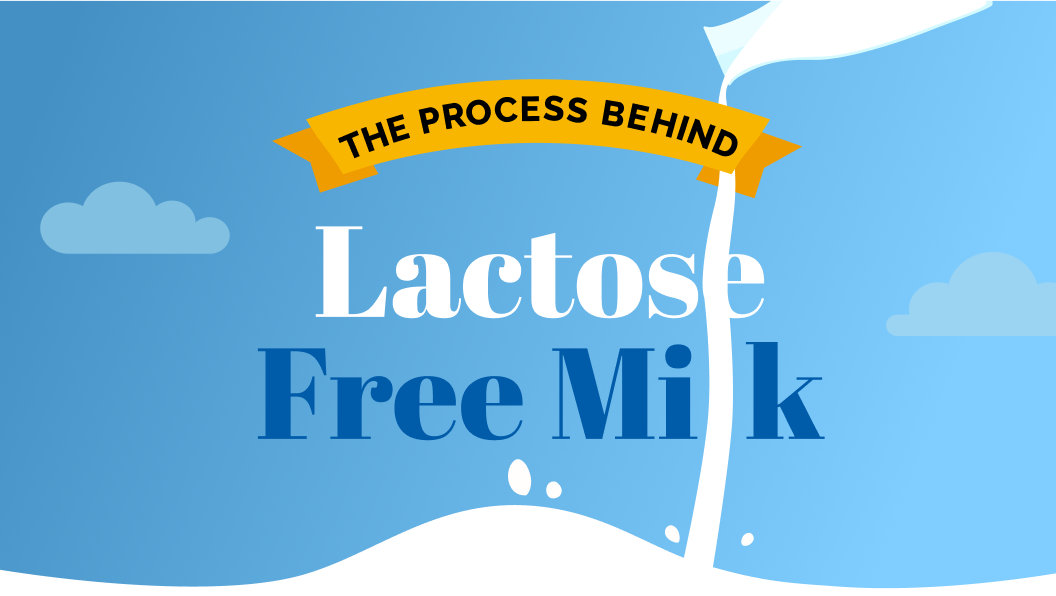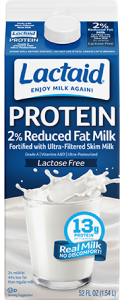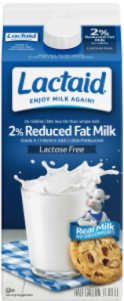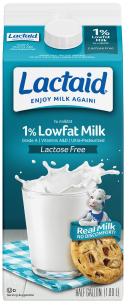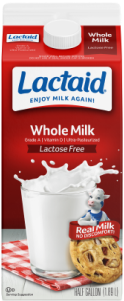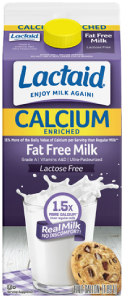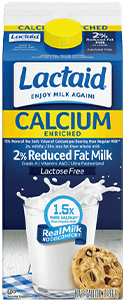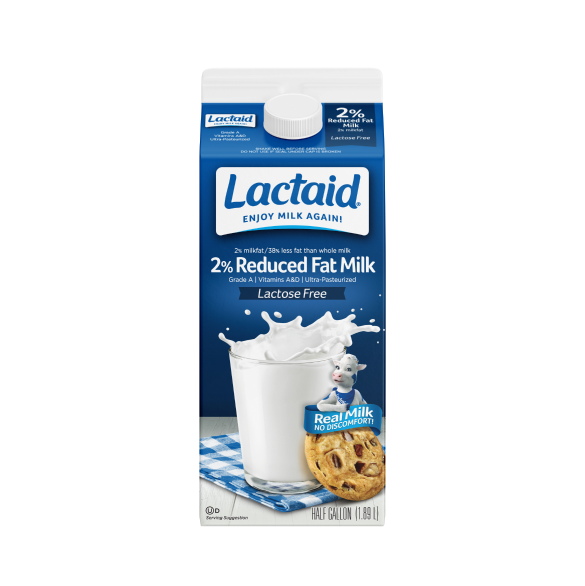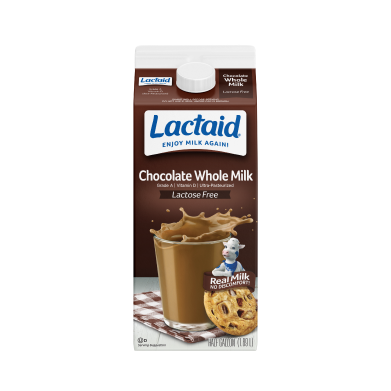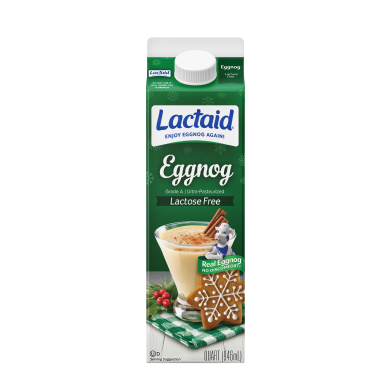LACTAID® Protein Milk
Get the protein your body needs with great taste and no discomfort!
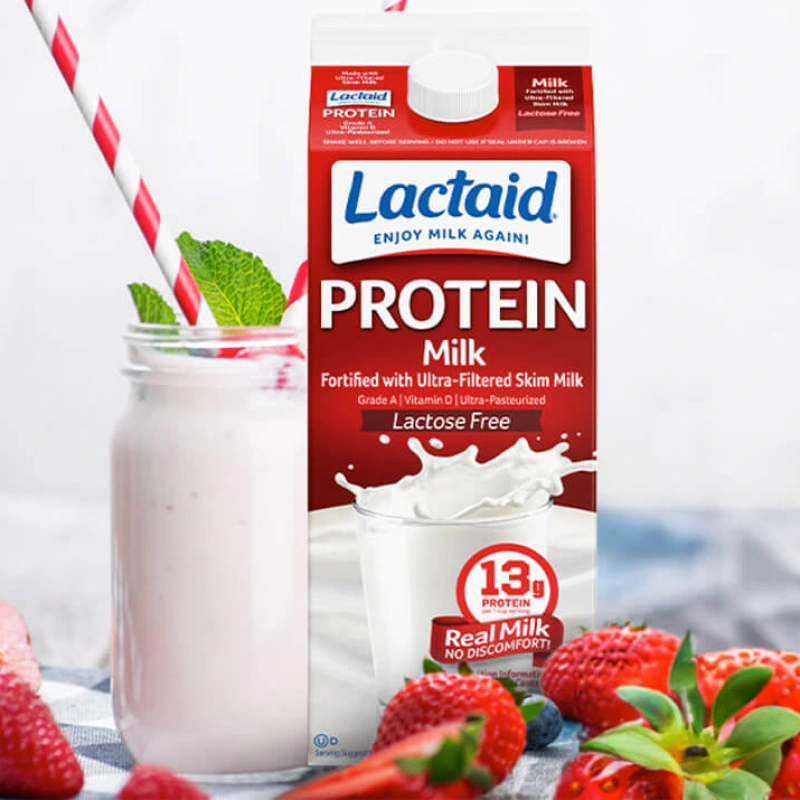
Why LACTAID® Protein Milk?
If you’re trying to eat healthier by increasing your protein that’s easy to digest, try LACTAID® Protein Milk—real milk fortified with ultra-filtered skim milk, so it contains 13g of protein per serving. Like your favorite LACTAID® products, it’s lactose-free so it won’t cause discomfort. Grab a glass as a quick snack or add it to recipes for an extra boost of protein.
The Benefits of Protein
Protein is an essential nutrient and building block of the human body. If you’re looking to add protein to your diet, LACTAID® Protein Milk makes it easy, even if you’re lactose-intolerant or sensitive to lactose.
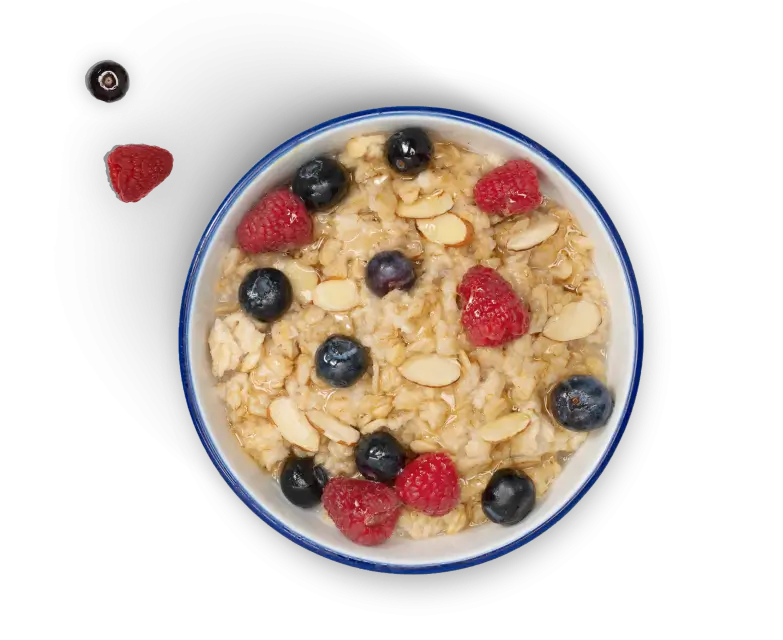
Start your day strong with wholesome oats and LACTAID® Protein Milk.
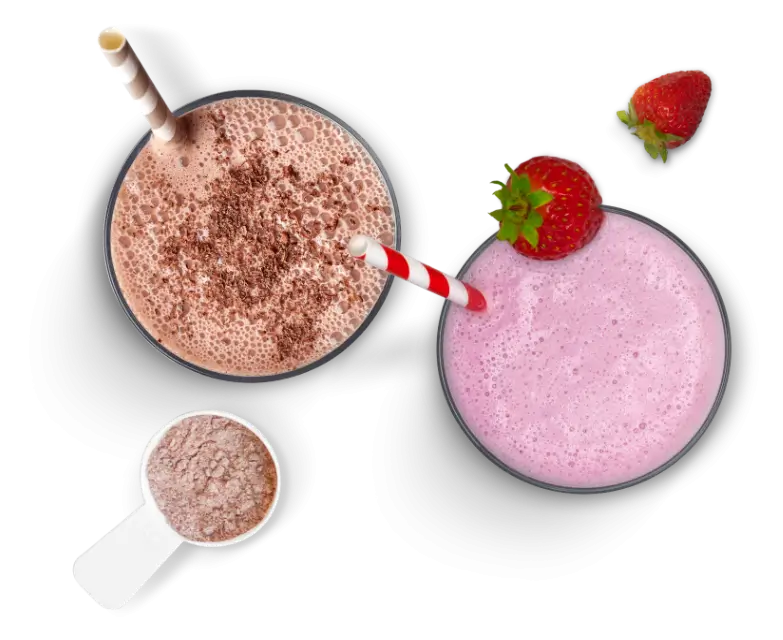
Boost your shakes and smoothies with LACTAID® Protein Milk.

Power through the day with LACTAID® Protein Milk in your coffee.
Learn About LACTAID® Lactose-Free Protein Milk
LACTAID® is real dairy milk, just without the lactose! What is lactose you may ask? Well, lactose is the main sugar in milk1. Up to two-thirds of people in the world can experience discomfort from dairy2.* With a lactose-free milk like LACTAID®, you too can enjoy the creaminess and deliciousness of real milk!
Find out more about what lactose is and how lactose-free milk products like LACTAID® are made.
*Refers to 68% of population with lactose malabsorption
The Benefits of Milk, Without the Discomfort
With LACTAID®, it’s never been easier or tastier to get your nutrients. LACTAID® real dairy milk is an excellent source of proteins and essential nutrients. Did you know milk is high in calcium and phosphorus and contains potassium? It’s also a good source of water-soluble B vitamins like riboflavin and B12, and fat-soluble vitamins like A3! Plus, LACTAID® real dairy milk has more protein than almond milk and more calcium and vitamin A than soy milk and rice milk4. LACTAID® milk contains a great balance of nutrients for you and your family!
Excellent Source of Protein
Excellent Source of Calcium
Vitamin D
Ultra Pasteurized
Gluten Free
Produced without rBST†
Lactose-Free
†No significant difference has been shown between milk derived from rBST treated and non rBST treated cows.
Compare LACTAID® With Conventional Milk
Give Any Recipe a Boost of Protein
LACTAID® Protein Milk tastes delicious, just like regular LACTAID® Milk—check out some of the recipes you can use it in or explore our recipe hub for more lactose-free recipes you can make using LACTAID® products. See our simple conversion chart to help you swap traditional dairy products for LACTAID® products. We have ingredient substitutions for buttermilk, milk, evaporated milk, and more so you can make your favorite recipes lactose-free!
References
National Center for Biotechnology Information. PubChem Compound Summary for CID 440995, Lactobiose. https://pubchem.ncbi.nlm.nih.gov/compound/Lactobiose. Accessed Apr. 20, 2022.
National Institute of Diabetes and Digestive and Kidney Diseases. (2018, February). Definition & Facts for Lactose Intolerance. National Institute of Diabetes and Digestive and Kidney Diseases. Retrieved from https://www.niddk.nih.gov/health-information/digestive-diseases/lactose-intolerance/definition-facts
Marangoni F, Pellegrino L, Verduci E et al. Cow’s Milk Consumption and Health: A Health Professional’s Guide. J Am Coll Nutr. 2018;38(3):197-208. doi:10.1080/07315724.2018.1491016
Vanga S, Raghavan V. How well do plant based alternatives fare nutritionally compared to cow’s milk?. J Food Sci Technol. 2017;55(1):10-20. doi:10.1007/s13197-017-2915-y
